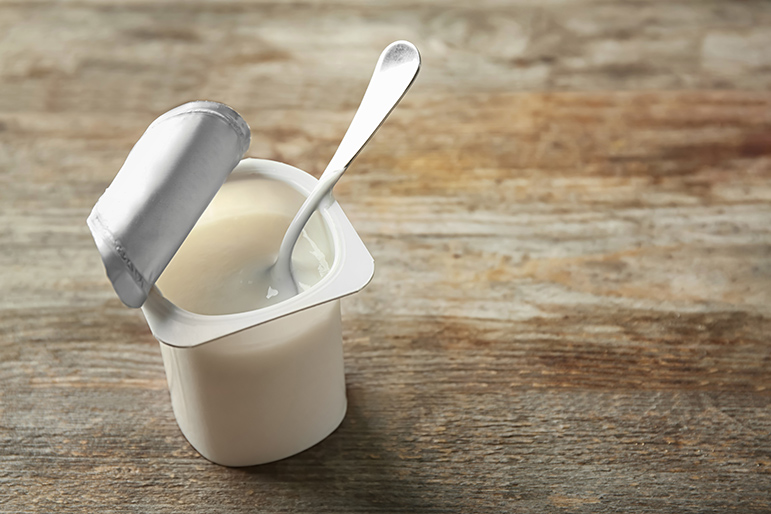Difference between the use-by date and best-before date
Do you know how long food lasts for? Do you know the difference between the use-by date and best-before date? They are two different labels that you should pay attention to. We tell you more about it!
how to shop
Share

Manufacturers should include the use-by date on all perishable products and the best-before date on those that are not as perishable. One refers to safety and the other to quality.
Best-before, what exactly does it mean?
The best-before date applies to non-perishable products and indicates that, after that date, the quality of the product may be reduced in terms of its properties or qualities, or its organoleptic characteristics may have been altered (smell, flavour, etc.). Past this date, the product may have lost some properties, but it continues to be safe. These include pulses, oil, purées, cartons of milk, ice cream, pickles, cheeses or tinned food. They are labelled with the statement: ‘Best-before’... (If the date is indicated) or ‘best-before the end of’... (If it only indicates the month and year).
And the use-by date?
The use-by date, on the other hand, indicates the date a food is safe until, provided it has been kept in the conditions outlined by the manufacturer. After this date, the product should not be eaten, since it could cause harm to people's health. It usually refers to highly perishable products such as processed fish, meat, pasteurised items (milk, yoghurt, cream), confectionery or vacuum-packed foods. They are labelled with the statement: ‘Use-by date’ followed by the date or a reference to the place where the date is stated on the label. This information should be completed with a description of the food preservation conditions.
All of this is contained in the Regulation (EU) 1169/2011, which sets out the regulations about labelling at a European Union level.

Can expired foods be consumed?
Tinned food, cans and glass jars
These are non-perishable foods and always have the best-before date. Dispose of tins or jars that are bulging or dented because they can result in internal reactions of the product and it may not be safe, or may cause breakages in the packaging that causes the alteration of the food.
- Jam: 12-36 months
- Tinned food, such as tuna: 48-60 months
- Vegetables and mushrooms: 48-60 months
- Pulses: 18 months
Frozen foods
The date they place on the packaging is the best-before date. Pay special attention to breaking the cold chain.
- Vegetables, prepared and processed (croquettes or lasagne): up to 24 months
Dried pulses and white rice: 12-18 months
Bakery:
They have the best-before date.
- Bakery: bread baked each day does not have a use-by date. Bakery products should be eaten 24 hours after they have been made.
- Confectionery (frozen): 360 -450 days
Refrigerated foods: It is important to be strict with their use life.
- Eggs: 28 days, eggs have a best-before date, not a use-by date. Refrigerating them is recommended to preserve them and to prevent fluctuations in temperature.
- Vegetables and mushrooms: 4 -21 days. Fresh vegetables, including potatoes, which have not been peeled or cut, do not require a date of minimum durability to be stated, except for sprouting seeds and similar products, such as legume sprouts.
- Sliced meat and turkey: 3 -7 days
- Fish and prepared seafood: 1-2 days Fresh fish does not have a use-by date and its duration depends on the treatment it undergoes (such as pasteurisation which prolongs the use life of the product)
- Fruit: 4 -80 days. Fruit that has not been peeled or cut does not require the date of minimum duration to be stated.
Fermented products
- Yoghurts: approximately 35 days
- Pickles (olives): 5 years
- Cheese: fresh cheeses have a use-by date. Some cured cheeses, depending on how they are cured, can be eaten up to 180 days after they have been packaged.






